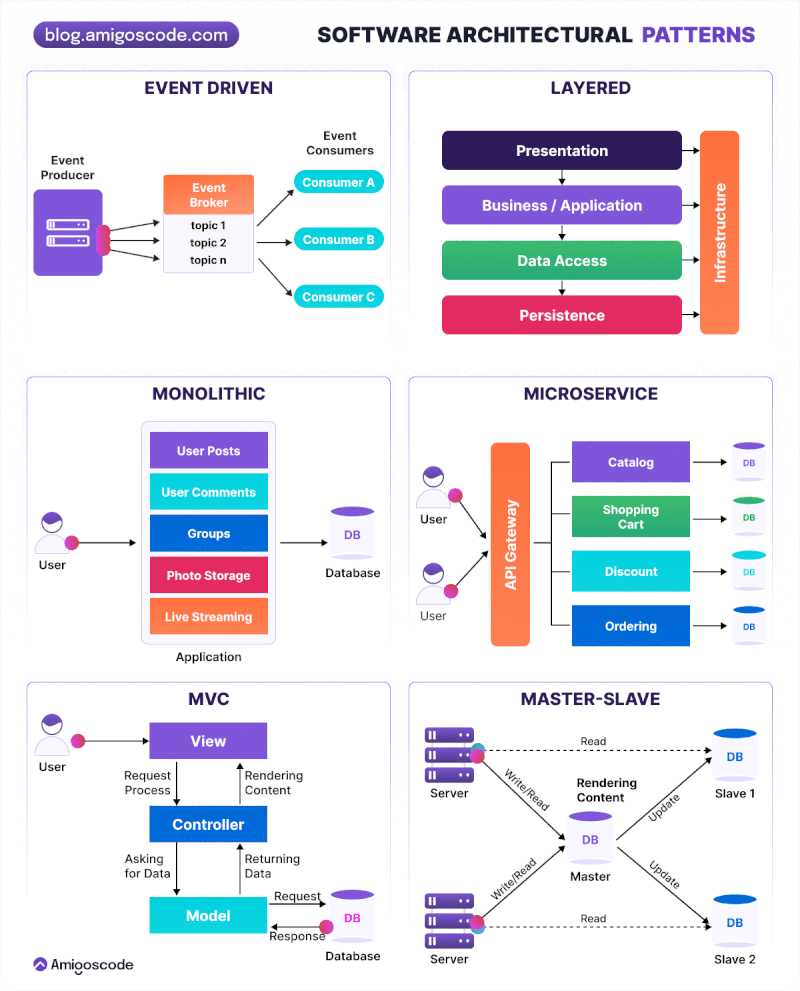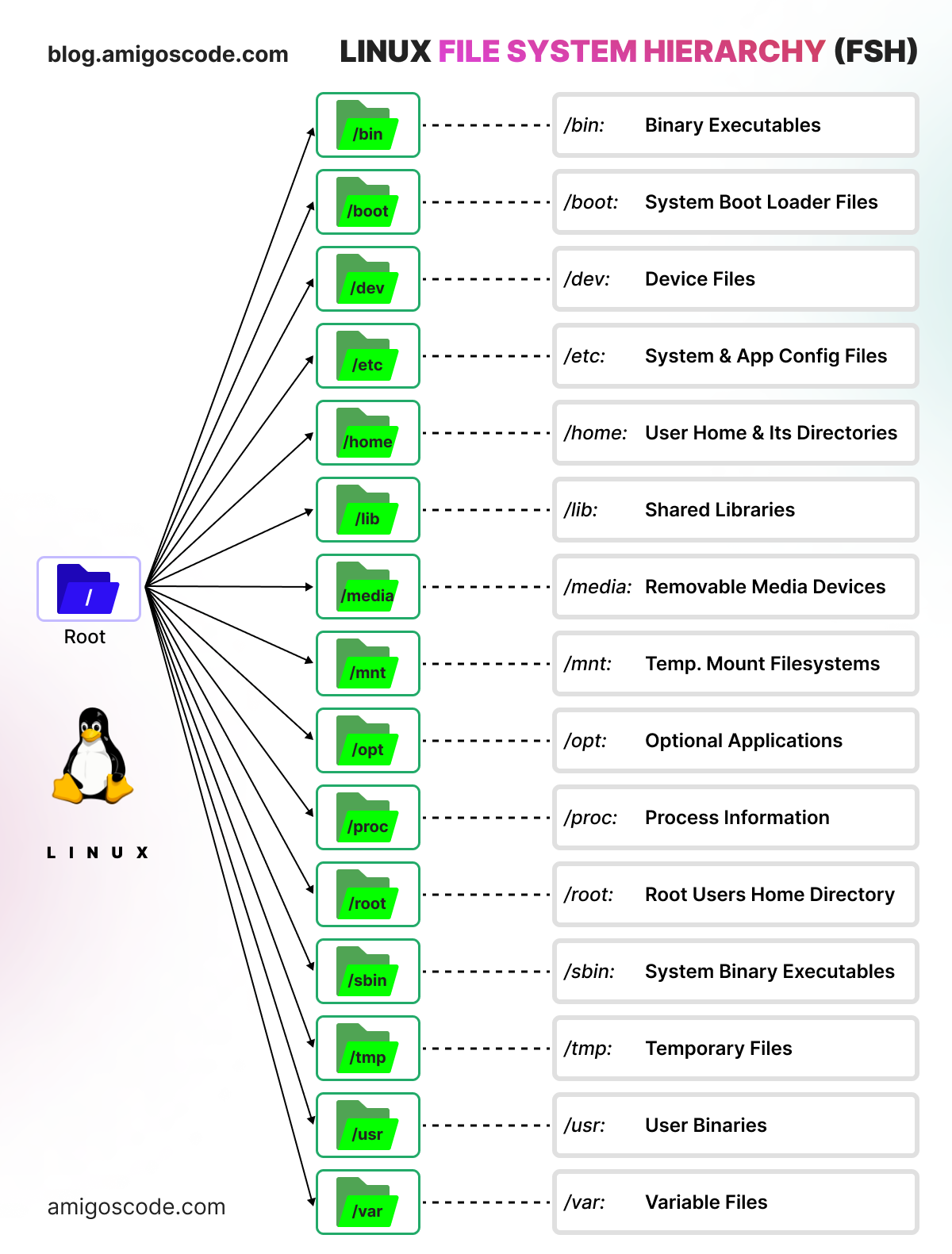Software Architectural Patterns YOU MUST KNOW
Essential Patterns for Scalable and Maintainable Systems
Software architectural patterns are general, reusable solutions to common problems in software architecture. They provide a structured framework for designing and implementing software systems, offering guidelines and best practices to ensure the system is scalable, maintainable, and robust.
Key Points
Define the structure and organization of a software system.
Ensure system components interact effectively.
Address concerns such as performance, scalability, security, and maintainability.
Common Patterns
Event-Driven Architecture: Components communicate through events, ideal for real-time processing.
Layered Architecture: Organizes the system into layers, each with a specific responsibility, promoting separation of concerns.
Monolithic Architecture: All functionalities are combined into a single application, suitable for simpler, smaller applications.
Microservice Architecture: System is divided into independent services, each responsible for a specific function, allowing for scalability and flexibility.
MVC (Model-View-Controller): Separates the application into three interconnected components to separate internal representations of information from the ways that information is presented and accepted.
Master-Slave Architecture: One component (master) controls one or more other components (slaves), commonly used in database replication.
Benefits
Reusability: Patterns can be reused across different projects, saving time and effort.
Best Practices: Incorporate industry best practices, reducing common pitfalls.
Communication: Provide a common language for developers, improving communication and understanding



